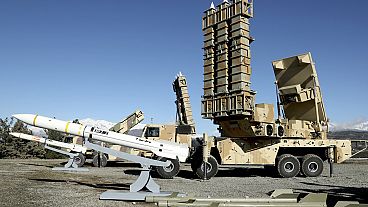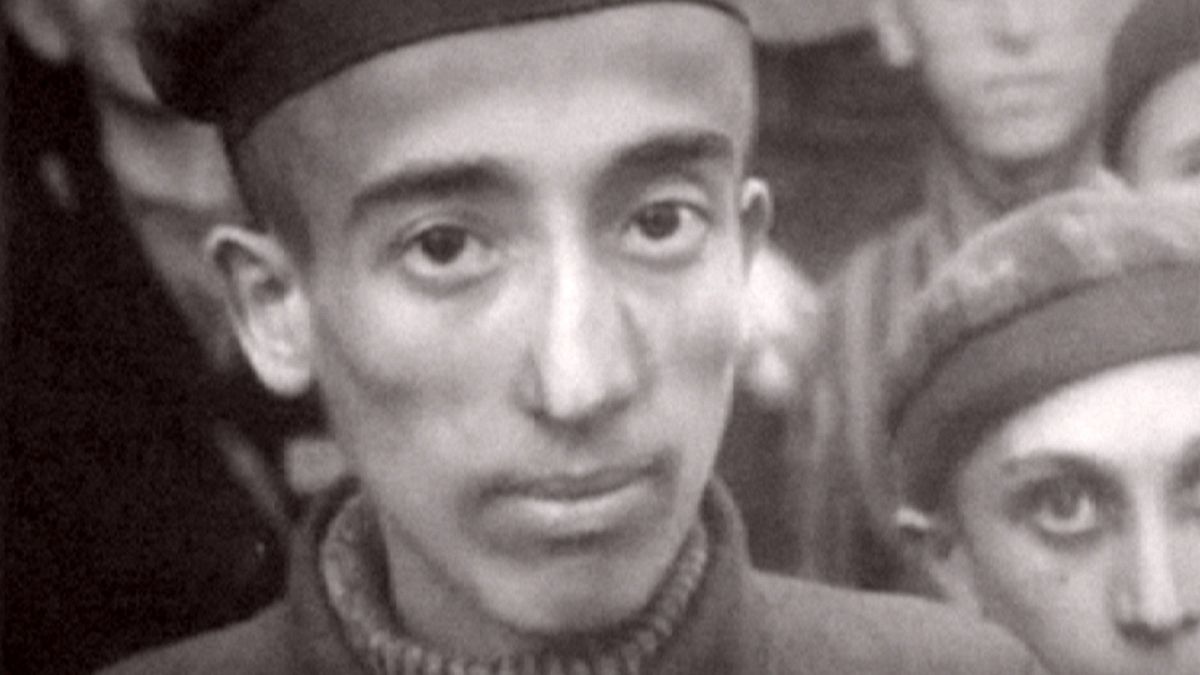May 8 2015 is a time to remember across France as the country reflects on liberation from Nazi oppression seventy years ago. During World War II the
May 8 2015 is a time to remember across France as the country reflects on liberation from Nazi oppression seventy years ago.
During World War II the city of Lyon in the south east became the capital of the resistance movement. For two years from 1940 it was in the free zone and became the crossroads of the different resistance groups.
In 1942 terror gripped France’s second city as the Gestapo moved in to track down Jews and resistance fighters. The military school in Avenue Berthelot was taken over and became their interrogation headquarters.
Jean Nallit was one of those men who operated in the shadows. At eighteen he had joined the resistance network known as Charette. He shared his memories with euronews.
“At the heart of the network there was intelligence through the Maquis and false papers between 25,000 and 30,000 documents were made. If we were captured we expected to be shot.
‘I was arrested on March 31 1944 and brought immediately to this building. I was tortured by drowning and then revived by being kicked and whipped. I was not able to sit down for at least six months. They beat me on my buttocks and thighs.
‘On May 8 I was herded onto cattle trucks. There were 120 of us to each carriage and by the end of the journey a dozen had died, one guy went half mad because of thirst, others almost asphyxiated because we were crammed so tightly together with little air. I was lucky as I was stuck up against the slat in the door. I could breathe my mouth glued to the door.
‘The train took us to Buchenwald. When we arrived we were given an identification number. That was it, no more names. I had to say in German 49839. It was engraved until death.
‘At first we were in tents for 40 odd days. To sleep we had to sit down, we spread our legs, lie on the back of a friend who would settle between your legs. That went on for 40 something days. I was assigned to the quarry breaking stones for 12 hours. It was forbidden to get up or to talk to those around us. Everything was done to break us.
‘Following that I went to a factory making airplane parts. It was not so bad because we made them pay. I never understood that someone arrested for resistance could be put to work in an armaments factory!
‘I didn’t want to work. When I arrived there was another Belgian prisoner who asked me, “have you come to work?” I told him, “no, and you?” “Me neither. Well we’ll get along.” The good and the bad parts were left to pass and sabotage continued along the entire assembly line.
‘Everyone should have been exterminated. The Jews and all who were held in the camps, but the Russian offensive had resumed. So as not to be taken by them or the Americans the SS has us zigzag through Germany, certainly to drown us in the Baltic Sea. It was 900 kilometres on foot.
‘I was released on May 8 1945. Five thousand started on the forced march there were less than 500 when we arrived. I weighed 38 kilograms at the end. It took me three years to recover 50 kilograms.”



